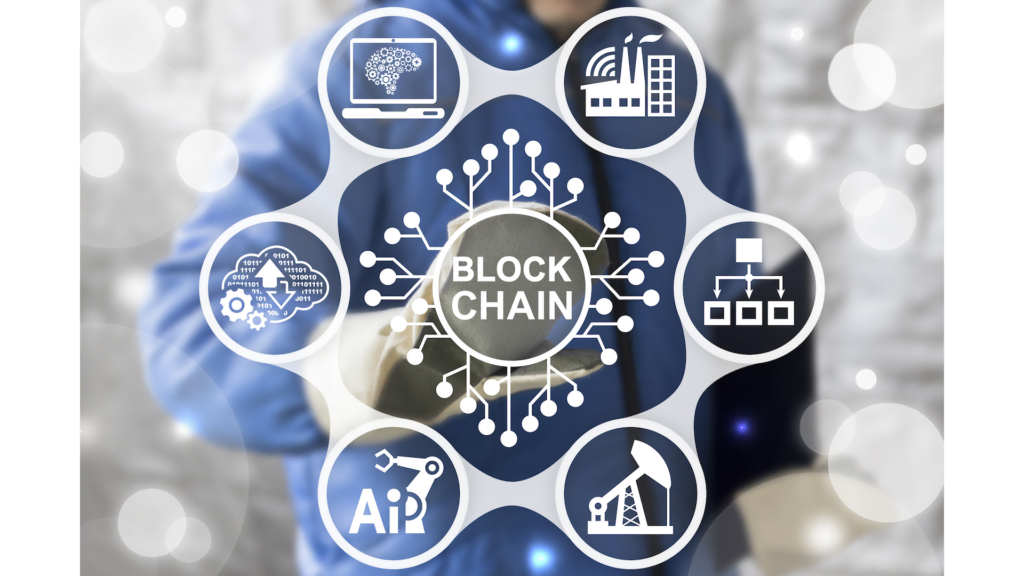The connection between blockchain technology and the real world is becoming increasingly important. Decentralized Physical Infrastructure Networks (DePIN) are an exciting concept in this regard.
These decentralized networks make it possible to build and operate physical infrastructure such as sensors, telecommunications devices or charging stations using cryptocurrencies and token incentives.
The basic principle of DePIN is simple: participants provide hardware resources and are rewarded with tokens. These tokens can then either be used to use the infrastructure or traded on crypto exchanges.
Successful DePIN implementations
Helium Network is already revolutionizing the telecommunications sector. The network comprises over 500,000 hotspots worldwide and offers LoRaWAN and 5G connectivity. Major partners such as Dish Network are already using this infrastructure for their mobile services.
WeatherXM is building a global network of weather stations. Participants install certified weather stations and receive tokens for the weather data supplied. This precise local weather data is particularly valuable for agriculture and insurance companies.
In the mobility sector DIMO is establishing itself as a decentralized alternative to conventional telematics services. Car owners collect vehicle data via a hardware adapter and can share this tokenized data with insurance companies or workshops.
Other concrete examples:
- Hivemapper: Users use dashcams to create decentralized maps as an alternative to Google Maps
- DeWi: Decentralized WiFi network with over 12,000 hotspots in Southeast Asia
- Flowcarbon: Trading tokenized CO2 certificates via decentralized sensor networks
- Picone: P2P charging stations for e-bikes with automatic token billing
Business value for companies
The business value for companies lies in:
- Reduced infrastructure costs through crowdsourcing
- Greater resilience through decentralization
- New business models and monetization opportunities
- Transparent billing via smart contracts
- Global scalability without central control
A concrete example from logistics: port operator PSA International uses DePIN technology for a decentralized IoT network for container tracking. Sensors on containers communicate via the helium network and enable real-time tracking at significantly lower costs compared to proprietary systems.
There are still challenges in this area:
- Regulatory uncertainty for token-based business models
- Technical complexity of blockchain integration
- Ensuring service quality in the decentralized network
- Sustainability of the token economy
A step-by-step approach is recommended for implementation:
- Pilot project in a clearly defined area
- Evaluation of technical integration and token economy
- Analysis of compliance requirements
- Gradual scaling with successful validation
DePIN demonstrates the potential of blockchain technology for the digitalization of physical infrastructure. IT decision-makers have the opportunity to gain experience with this innovation at an early stage.

















